The return to Macedonia – Kumanovo, Skopje, and Kratovo
How I decided to go to Kumanovo? On the 2nd of August, I had to be in Macedonia, in the small town of Kratovo. There, I had promised to Stevce Donevski to write an article about his traditional guest house, Etno House Shanceva. I had another week left until then and had to do something during that time. Eventually, I chose to go through the northern part of Macedonia – 3 days at Nate in Kumanovo and 2 days at Robbie in Skopje.
The first day in Kumanovo
Short Description: I crossed the border between Kosovo and Macedonia, then headed to Kumanovo. In the afternoon, I spent all the time with my hosts, Nate and Anya.
Long Description
I crossed the border from Kosovo to Macedonia, bypassed the capital of Skopje on the ring road, then followed the highway to Kumanovo. There, I searched for Nate’s house for a long time. Eventually, a local escorted me on his scooter to a hidden, dead-end alley. Generous Nate offered to me a studio arranged in the attic of her house. It had a super living room, with an enormous double bed and a private bathroom. After I rested a bit, I spent the rest of the day with Nate and her six-year-old girl, Anya. Anya spoke English very well for her age. She had a lot of energy and wanted to play a lot. We ate ice cream together, then Anya showed to me her Barbie dolls and we played cards (of course, she won!).
In the evening, we went to the police station to declare my residence at Nate’s house (according to the laws in Macedonia). After that, we went to the varnishing day of a sculpture exhibition in the city center and to the amusement park near the Kumanovka River. Nate told me her husband, Goran, was in England for work at that moment. They both had worked at the Red Cross until 2003, then on cruise ships until 2007, and in US military bases in Baghdad, Kabul, and Afghanistan until 2010. When they had found out they’d have a child, they returned to their hometown in Macedonia and built a house in Kumanovo.
The second day in Kumanovo
Short Description: I went with Nate to the Soldiers’ Memorial on Kosturnica hill and to her father’s house in the village Karposh Naselba. Then we went to the war memorial in Zebrnjak and on our way back home, we stopped at the Kumanovka Baths.
Long Description
Around lunchtime, Nate took me on a tour of the town. We stopped on the Kosturnica hill at the Soldier’s Memorial from the Second World War. The place was untidy and dirty, the monument had missing plates and lots of scratched graffiti. It had an expansive view of the city though.
We exited the town and turned right to the village Karposh Naselba, where Nate’s father lived. We parked the car on the road and walked up to a house on the hill. In the courtyard of the household, they cultivated almost everything: zucchinis, cucumbers, apples, tomatoes, plums, pears, raspberries, blackberries, watermelons, grapes, and chickens. The house was tiny and had a minimalistic design. The place was very quiet and one could fell the smell of the countryside.
Late afternoon we meandered on badly asphalted roads up to the Memorial of the Balkan War in Zebrnjak. The memorial was administrated by Serbs but partially demolished by Bulgarians in the past. It had an ossuary in the underground floor and a spiral ramp which climbed around a tower to a rooftop terrace. It was very warm. Nate was used with temperatures as high as 50 Celsius degrees since she had lived in Baghdad, Iraq. However, I desperately needed to turn on the air conditioning inside the car. On our way back to Kumanovo, we stopped at the Kumanovska Baths – a few pools and springs with mineral water, where some people were taking a bath directly in the spring from where others filled their bottles with drinking water.
In the evening, I talked with Nate about the former communist regimes in the Balkans and about the town of Kumanovo. Recently, there had been shots between Albanians (whose number had increased in town) and the rest of the population (Macedonians, Serbs, Bulgarians). The Albanian community had its own school, shops with different attires and hijabs for the Muslim women. During the communism of Tito, the population could buy food and furniture for the house with as less as the salary for one month. On the flip side, after the independence they could barely buy food with the same money. In communism, peasants could keep part of the products they cultivated for their own needs and then sell the excess. Tito decided what everyone cultivated so that there was a balance between everything. Therefore, some peasants cultivated tomatoes, others potatoes, or beans, etc.
In addition, during communism, the Yugoslavian passport was very powerful. They had access almost everywhere in the world and they also had money for doing trips. At the moment of my visit to Kumanovo, they rather preferred another type of passport if they had Bulgarian or Serbian roots. For example, Nate’s grandfather had two family names in his documents (the same name in both Bulgarian or Serbian version).
The third day in Kumanovo
Short Description: I went with Nate in the Bazaar and in the Muslim quarter with the Mosque Sinan Tatar Pasha. We returned home passing the main square and the churches of St. Crucifix and St. Nicholas.
Long Description
For breakfast, Nate cooked cookies made of flour, cornflour, eggs, yogurt, and baking powder. Around noon, we went to the covered bazaar – a motley labyrinth with peasants, peddlers, and small producers who sold vegetables, fruits, and the unmissable slippers, plastic vessels, panties, bras, and training suits. On our way back home, we made a detour through the quarter of the Albanian Muslim community. The mosque Sinan Tatar Pasha and shops with long kaftans and hijabs for covering the hairs dominated the neighborhood. The rest of the town looked rather dusty and had no other monuments. It mainly had streets flanked by communist buildings, a few houses older than the 19th century, and several Orthodox churches.
Two days in Skopje
I left Kumanovo only around lunchtime. When I arrived in Skopje, I parked the car near the hilltop fortress and went straight to the Turkish bazaar which I had liked very much during my last stay there. It was very hot and I sweated heavily. In Skopje’s bazaar, I discovered the Cultural Centre Jigit Pasha just by chance. The compound featured a small mosque, a fountain for ablutions with marble slabs, and the tombs of two pashas in the basement, covered with a brick and glass cupola.
Later in the afternoon, I again went to the places I had liked during my last stay there: the Sveti Spas Church, the Architecture Museum refurbished in the old Turkish Baths, the Arasta Mosque, and the bezesten. At the DeStan restaurant, I ate a delicious tavche gravche (beans cooked in the oven) and trilece (semolina pudding sprinkled with burnt sugar). I spent the afternoon in the park near the big mosque, then in the fortress’s park. In the evening, I went to Robbie’s place after I successfully survived a terrible traffic jam throughout the city.
Robbie was an Englishman from the UK and worked in Skopje for a communications company. He lived in a duplex in a modern building situated in a quiet residential area of the capital. His apartment had a beautiful view over the illuminated town in the evening. Robbie gave me my own bedroom with perfumed bed linen. I liked so much the living room overlooking Skopje that the following day, I stayed inside the house for the whole day (and enjoyed the air-conditioned). In the evening, Robbie brought home his fat kitten, Kato, whom he had left with his neighbors during his holidays. I cooked our Romanian traditional polenta with cheese for dinner. Robbie told me he had worked in the army too. In 1999, he had been in Kosovo, then in Iraq as a diplomatic bodyguard, and he had retired when his wife was about to have a baby.
Again in Kratovo – the town of the towers and bridges
I left Skopje without saying goodbye to Robbie who was still sleeping at noon. As soon as I arrived in Kratovo, Stevce warmly welcomed me. He had two more guests at Etno House Shanceva – two Canadians, Dave (who lived in Switzerland) and Sebastian (who lived in Canada). They both drank and smoked a lot, without getting drunk though. Stevce offered to us a copious lunch prepared by his wife, Valentina. We had beans cooked in the oven, fried fish, beans soup, and cake, followed by a strong coffee. In the afternoon, I took photos throughout the house for my article. After that, we all went out to the Kai Spiro restaurant for a juice (which was on Stevce). Back home, I talked with Dave and Sebastian in the courtyard of the guest house until late at night.
The following day, Dave and Sebastian left to Thessaloniki while I set up my virtual office in the courtyard and worked hard for the guest house’s article. While I was working, Stevce constantly served me with coffee and milk, syrup, water, and fig jam. Then he strung peppers on a thread and hung them above the entrance of the house. In the evening, he lovingly caressed his tomcat and then went to the town center.
During the last day in Kratovo, I randomly strolled with Stevce throughout the town and then we went to the vegetable market. In the evening we sat on the stairs of his little art shop from the town center, Rock Art. Stevce and Valentina had ten cats at their shop. Obama – the black tomcat who drank coca-cola. Anna – the pussycat who ate ice cream. And Garfield who didn’t want to eat at all.
The last night in Kratovo, I slept very poorly. I fell asleep with difficulty and dreamed that some Bulgarian thieves left me without passport and credit cards. When I woke up, Valentina was baking peppers in the oven. When Stevce arrived home, we had our last breakfast together, surrounded by playful cats. It was hard to say goodbye to both of them but I had to do it.
Before leaving Kratovo, I bought a few things for the long trip and left for Bulgaria. At Devi Bar (the border between Macedonia and Bulgaria), the customs officers checked my luggage and the Bulgarian one looked for cigarettes. In Bulgaria, I drove continuously up to Montana and then to the border with Romania. In the customs at Vidin, there was a long queue to pay the tax for crossing the bridge over the Danube. In Romania, I stopped in Calafat town, where at the only Hotel Panoramic in town, the staff told me they had no rooms at all. They said the hotel was full with Romanians who had come for treatment. Eventually, they found a room for me.
In the evening, I toured the town looking for something to eat. I found only a flavorless pizza because all of the other restaurants had wedding festivities. The following day, I continued my trip via Craiova – Pitești – Rucăr – Bran. It took me one full hour of driving in a compact queue of cars from the mountain resort of Predeal to my house in Bușteni. When I arrived home, I already missed Stevce and Valentina, their playful kittens, the simple things, and the life on the road – that life reduced to a minimum of needs, which bring you so much personal fulfillment though.
The return to Macedonia is the last diary from my 2017 trip through the Balkans. And here are all my Travel Diaries from Macedonia, the Balkan Countries (x6).
Have you been to Macedonia or plan to go there? Leave a comment below this post and tell me what you liked about Macedonia or what you’re interested to see there.
Want to subscribe to my travel diaries? Just leave your email in the subscription form below and you’ll be notified when I publish a new travel diary.
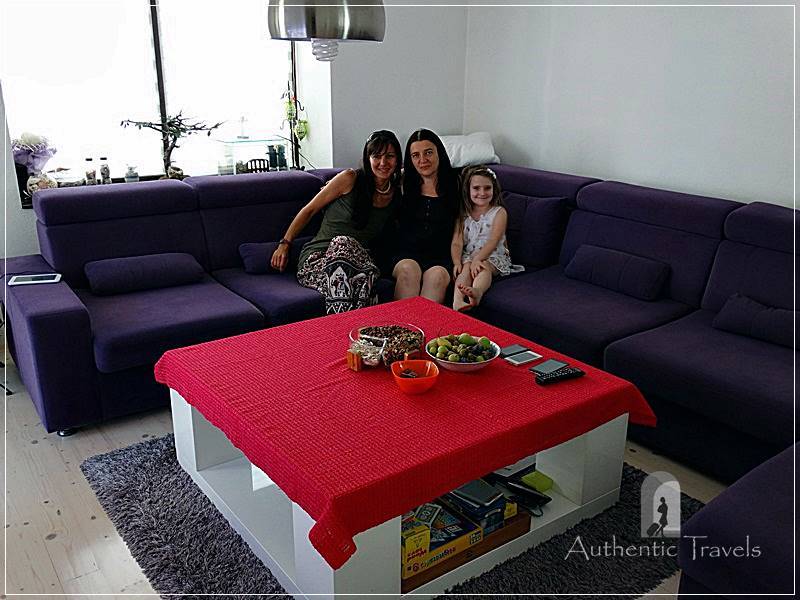
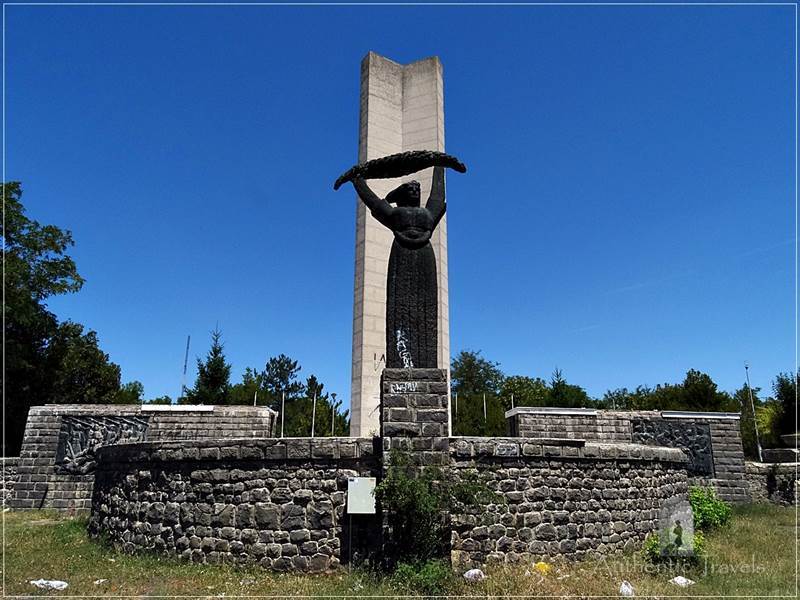
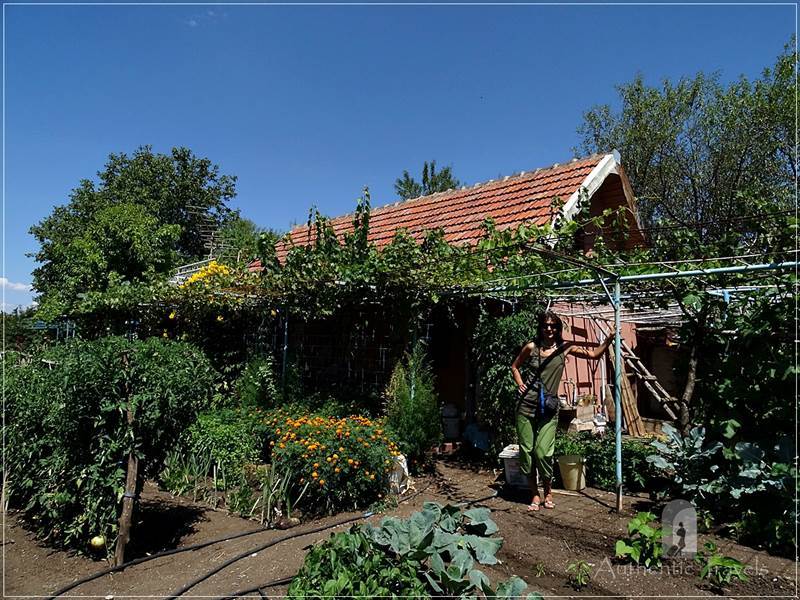
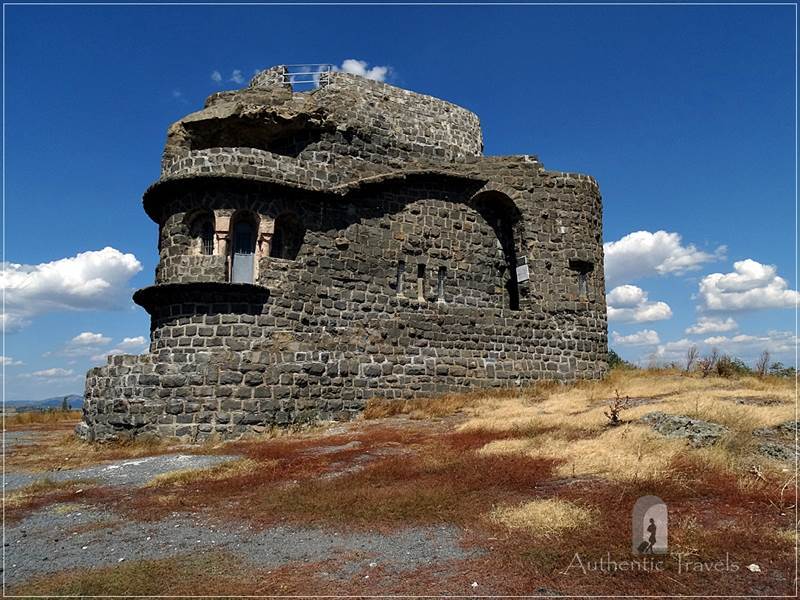
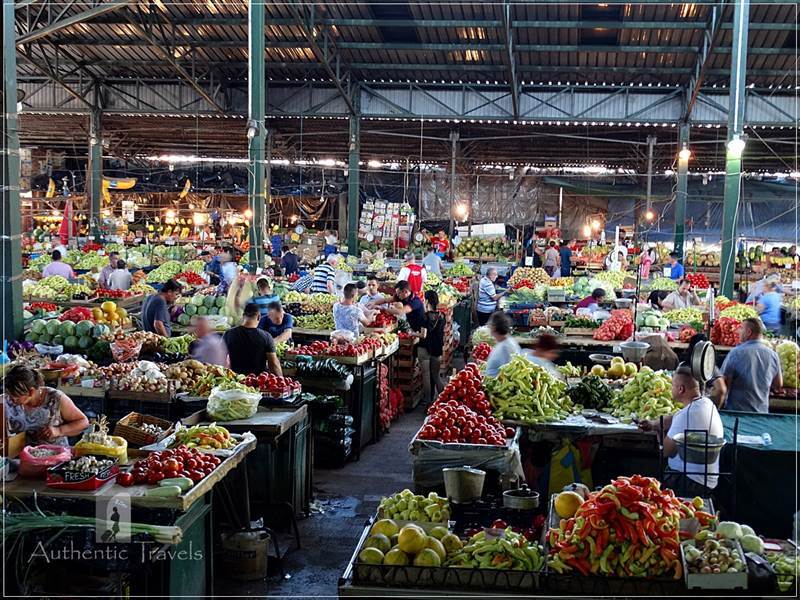
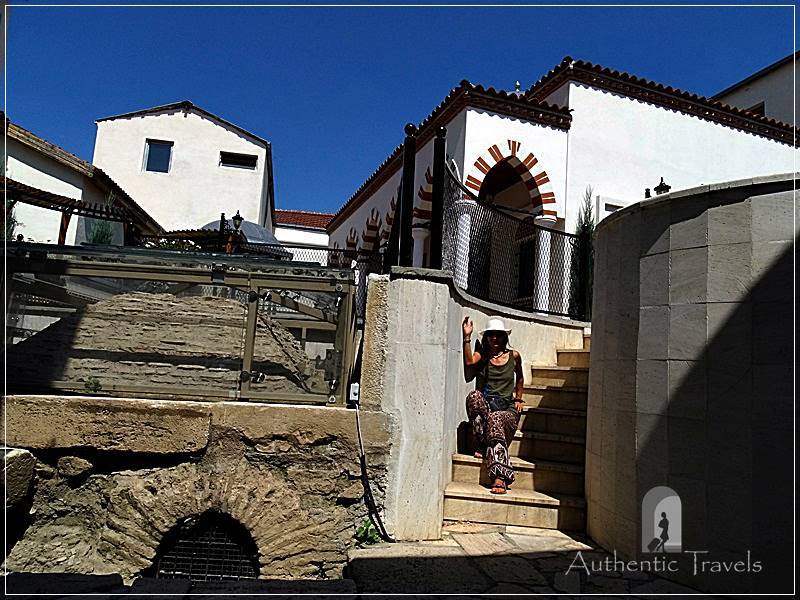
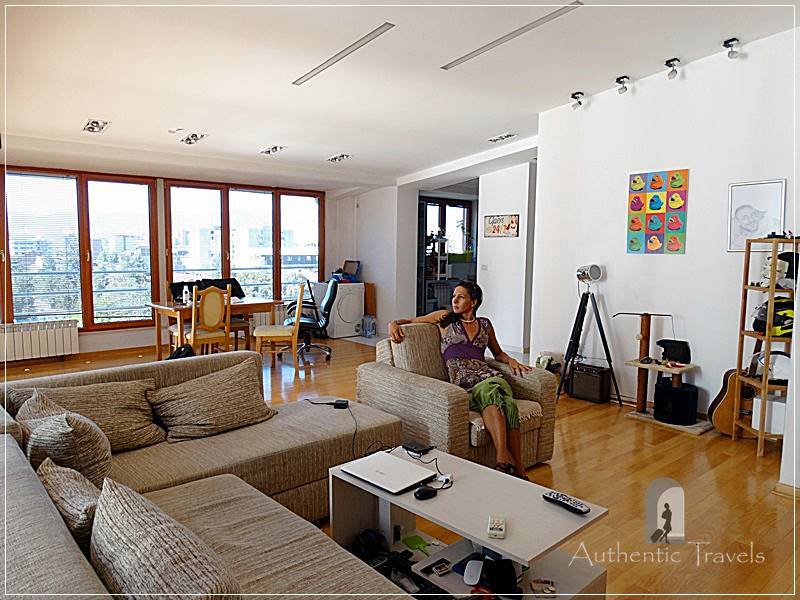

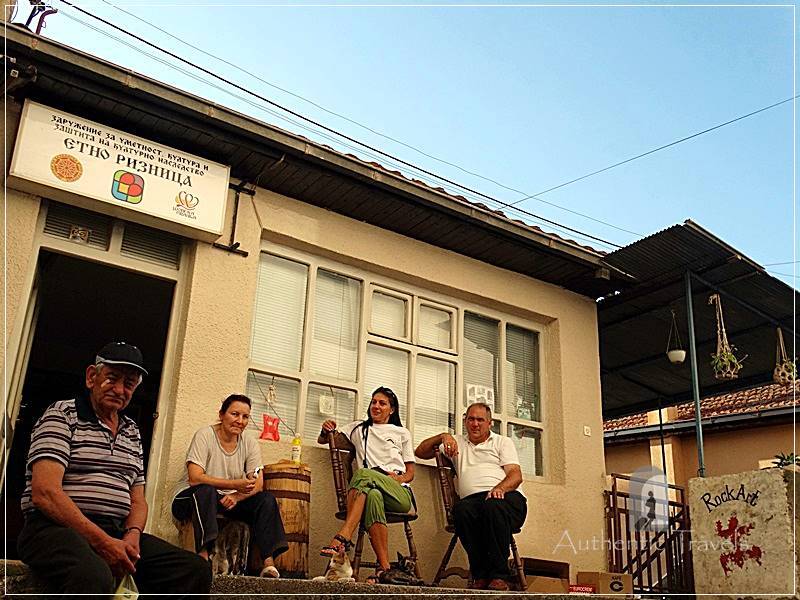
I don’t know much about Macedonia so it was interesting to read about your experience in Kumanovo. It looks like this city is very laid-back with tourism as it’s infancy. Did you feel three days in Kumanovo felt like too much time? I would want to visit the DeStan restaurant to try the trilece. It sounds delicious.
In Kumanovo I stayed at a local family in Couchsurfing, that is why I stayed for three days, to stay with them. Otherwise, the town is not touristy at all, it is just a provincial town. De Stan restaurant is in Skopje not in Kumanovo.
That market looks so amazing! I also think that the World War history is interesting – I never really think about other countries having memorials and such, but it was a WORLD war. I love how relational you are and how you are making friends around the globe!
Everywhere I go, I love to explore the local markets. In former Yugoslavia was the homeland war.
Madadonia is a spot not even on our travel wish list. Good to learn more about Kumanovo. So interesting that you had to visit the police station to declare you were staying at a friend’s house. It was great that you had a local to take you around to see the sights. The Balkan War Memorial looks like an interesting and historic spot to visit. And I am sure that your friend had some interesting tales to tell about this time.
I loved this small country a lot and made some very good friends there. Macedonians are very friendly and hospitable.
I’ve heard so many great things about Macedonia from the few people I know who have been, and your post only made me better understand why. So interesting to read about the communist history of Kumanovo and the apparent ethnic tensions that still exist in that area.
Macedonia is half Christian – half Muslim, so you can understand where the tensions come from. Here you have a mosque and on the other side of the street there’s a church. In Nepal religious tolerance is very high and they have temples that are both Hindu and Buddhist. In my opinion, in Europe we are far behind this concept.
Such an interestng journey. I have never travelled to this part of the Balkans and after reading your article I am going to plan it in next time I visit Europe. I always enjoy visiting markets and the vegetable market in Kumanovo would be high on my list. It is good to see such a plentiful market. Your lunch of tavche gravche and trilece looked delicious. I loved your photos.
I always explore local markets when I go to a new country. They are the reflection of people’s everyday life.
It would be nice to be able to grow so many types of food in your garden — I love blackberries. The food market looks very impressive as well. I didn’t know much about Macedonia but it looks like a beautiful place with kind and welcoming people.
People in Macedonia are very friendly and welcoming.
You had me at Kumanovska Baths! I love pools and springs, the mineral bath would be high on my list. The food looks incredible throughout your trip.
Thank you so much. Yes, the thermal springs looked great but we ran out of time and had to go home (to my host’s home).
That’s so sweet you were able to spend time with your host and her daughter in Kumanovo. Interesting that you had to declare your residence at Nate’s home. It must have been so interesting to talk with Nate about the communist regimes too. It adds so much to a trip when you are able to spend time with locals and have them show you around.
I am born and raised in a communist country, so talking to Nate about the communist regime and the differences between our countries was very challenging and interesting as well.
This is the 2nd time in less than a month, that I’m reading about Skopje. I should consider a trip there! Interesting to know about the local laws there, that you need to declare your residence, even for short trips. Nate’s father’s house with all those vegetables in the garden, its just so beautiful! That’s the peaceful way to live indeed!
I liked Nate’s countryside house too. I had been traveling for two months so seeing a true home after so long it was rewarding indeed.
This looks like such a great place to visit. I love the architecture, Skopje looks amazing. I would love to visit one of the covered bazaars. The Balkan War Memorial looks like it would be very interesting to see. I would also love to visit the cats-sounds like quite the experience!
These days were unplanned in Macedonia but it turned out to be very good to return there.